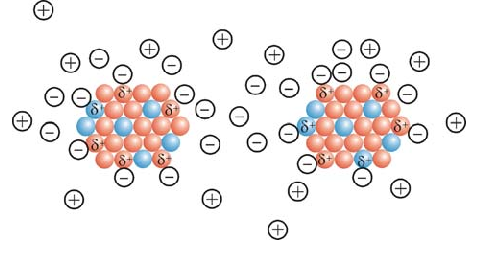Section "Nanospin Electrons" - Nanoelectronics
The structure and internal structure of "Nano Spin Electrons" Inactive Electronic Nanoparticles
Researcher and author: Dr. ( Afshin Rashid)
Note: Many methods have been developed to produce electrical nanoparticles or nanoelectronic particles of the "nano spin electrons", which include vapor, liquid and solid state processes. In general, chemical reactions to produce nanoparticles can take place in any of the solid, liquid and gas states.
Structural change in nanoparticles "Nanospin electrons" is a prefix that indicates the minus ninth power of ten, i.e. one billionth. Here it means that nanometers are used for length. The behavior of particles of one nanometer in length corresponds to one billionth of 1 meter, one millionth of 1 millimeter, or one thousandth of micrometer. The common methodis to produce materials in a solid form. By crushing the particles, their contact surface is increased, and further, in order to increase the penetration of atoms and ions, this mixture is increased at high temperatures. In chemistry, it refers to substances with which chemical reactions begin, reactants, and substances to which they react during the reaction (reactants). is transformed, it is called a product. The reactants can be solid, liquid or gas. In addition, the reactants are either an independent element or they can be in the form of multi-component compounds. Multicomponent compounds are usually called precursors.
Researcher and author: Dr. ( Afshin Rashid)
Specialized doctorate in nano-microelectronics





